No products in the cart.

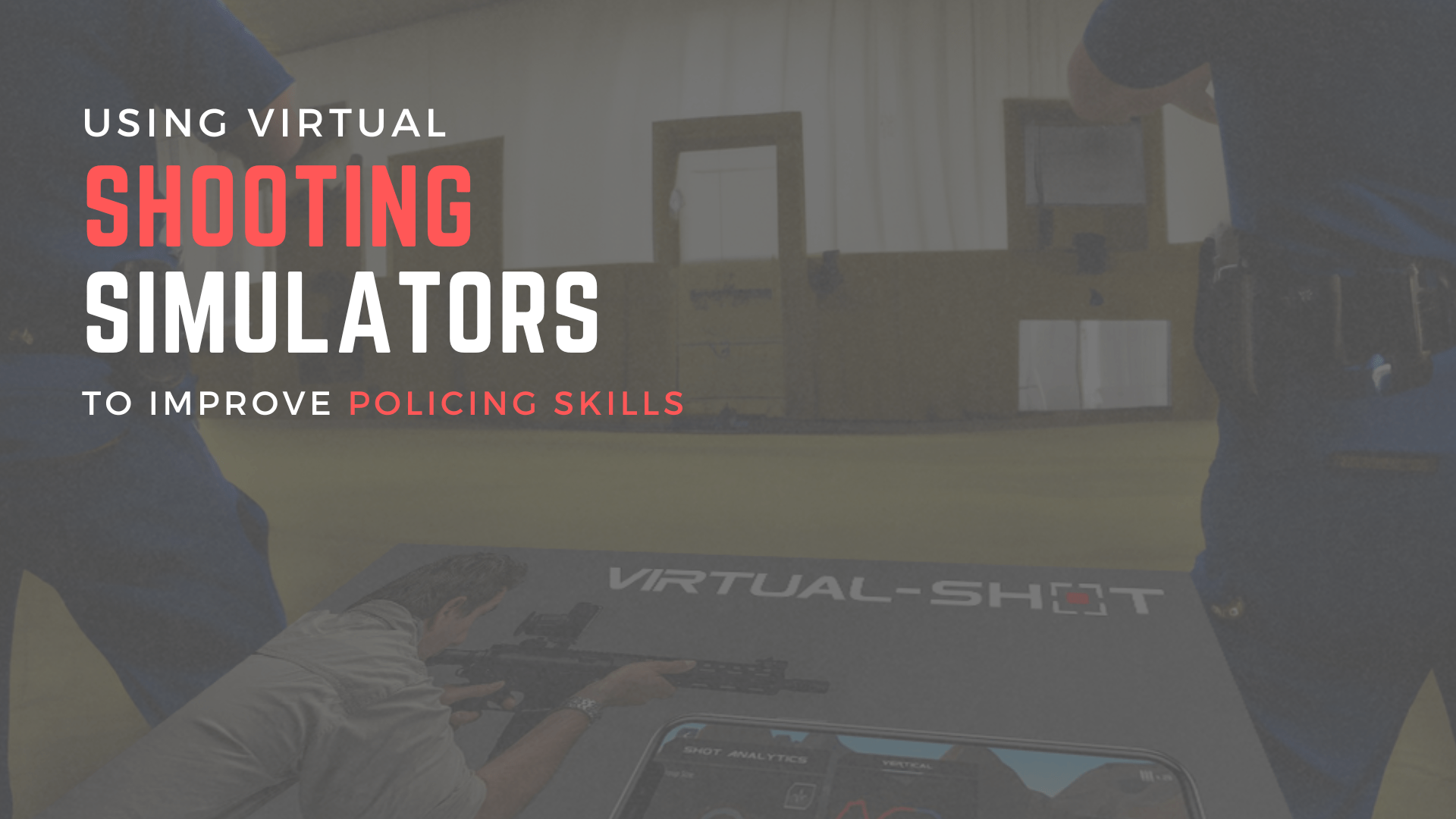
In today’s rapidly evolving world, law enforcement agencies face the challenge of ensuring that their officers are adequately trained to handle complex and unpredictable situations. One innovative solution that has emerged to address this challenge is using Virtual Simulation Shooting Systems for Policing Skills Improvement. These advanced training tools provide a realistic and immersive platform that closely replicates real-world shooting scenarios, allowing officers to hone their skills in a safe and controlled environment. In this article, we will explore the various aspects of virtual simulation shooting systems, highlighting their benefits and applications in the context of law enforcement training.
Virtual shooting simulators are advanced training tools that employ a combination of hardware and software components to create realistic shooting experiences. These systems aim to improve shooting accuracy, decision-making, and situational awareness for law enforcement officers, military personnel, and civilians.
Hardware components typically include gun simulators, projection or display systems, sensors and cameras, and audio systems. Gun simulators replicate real firearms’ weight, feel, and functionality, while projection systems display various shooting scenarios and environments. Sensors and cameras track the user’s movements and shots fired, and audio systems reproduce realistic sounds to enhance the training experience.
The software components of virtual shooting simulators are very versatile, and can:
This combination of advanced hardware and software components creates immersive and effective training environments, making virtual shooting simulators invaluable tools for enhancing shooting skills and situational preparedness.
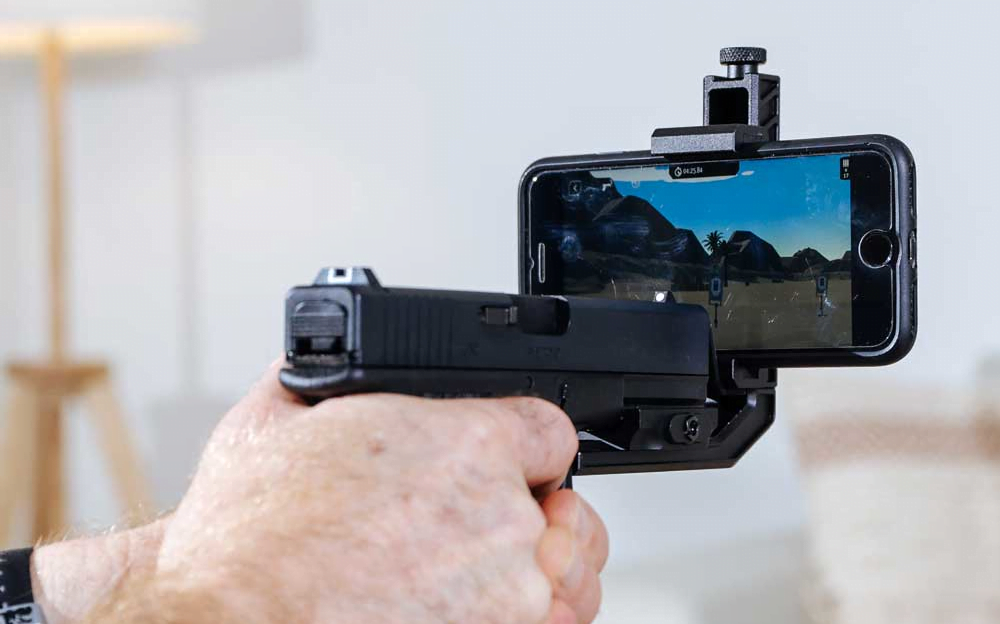
Portable virtual shooting simulators have emerged as a game-changing solution for law enforcement training. These mobile shooting centers are designed to be easily transported and deployed at various locations, offering unparalleled flexibility and adaptability to meet the unique needs of different agencies. With their ability to provide high-quality training directly to officers, portable shooting simulators are revolutionizing how law enforcement personnel maintain and develop their shooting skills.
One of the main advantages of portable shooting simulators is their ability to eliminate the need for costly dedicated training facilities. This feature is particularly beneficial for smaller departments with limited budgets, as it allows them to offer comprehensive training programs without incurring excessive costs. Moreover, portable simulators enable officers to practice their shooting skills at their convenience, ensuring they are consistently prepared for real-life situations and can maintain their proficiency levels between formal training sessions.
Dryfire shooting simulation systems have gained widespread popularity among law enforcement agencies as a practical and safe alternative to live-fire training. These systems employ gun simulators that accurately replicate real firearms’ weight, feel, and functionality, allowing officers to practice shooting without the need for live ammunition. This innovative approach mitigates the risk of accidents during training and helps departments save on ammunition costs and comply with environmental regulations.
Another key advantage of dryfire shooting simulation systems is their ability to provide instant feedback on an officer’s performance. Through sophisticated sensors and software, these systems can track and analyze various aspects of the shooting process, such as trigger control, sight alignment, and target acquisition. This data-driven approach enables officers to identify areas for improvement and make necessary adjustments to their techniques, ultimately leading to enhanced shooting accuracy and overall proficiency, without the use and cost of real ammunition.
Perhaps the most beneficial benefit for agencies is the ability to train and improve shooting skills without the added need for additional ammunition. Allow officers to practice where and when they can without the need for training facilities and further spend on ammunition.
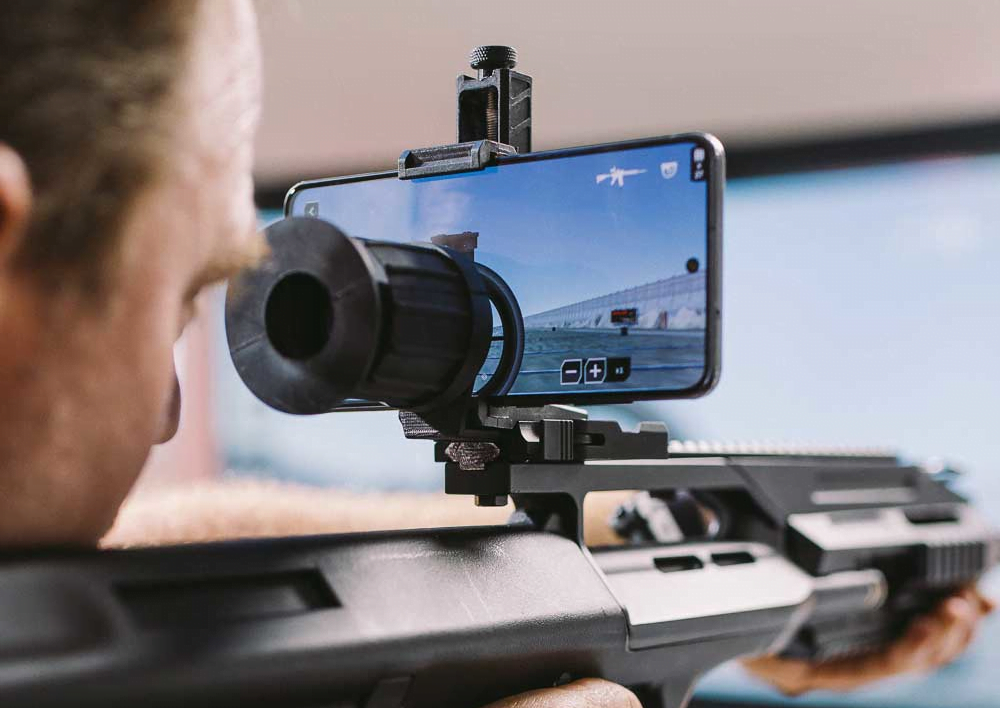
Virtual simulation shooting systems have revolutionized how law enforcement officers train by incorporating advanced tracking and analytics capabilities into their training programs. These sophisticated features provide detailed feedback on an officer’s performance, allowing them to identify areas for improvement and make informed adjustments to their techniques. By offering real-time feedback and performance analysis, virtual simulation shooting systems foster continuous improvement and skill development for law enforcement personnel.
One of the main benefits of these advanced tracking and analytics capabilities is their ability to provide granular data on various aspects of an officer’s shooting performance. This information can include metrics such as shot placement, reaction time, trigger control, and sight alignment. By analyzing this data, officers can gain valuable insights into their strengths and weaknesses, enabling them to tailor their training efforts to address specific areas of concern and enhance their overall proficiency.
Virtual simulation shooting systems are designed to improve shooting accuracy and decision-making and offer supplemental training modules that focus on specialized skills or situations. These modules provide a comprehensive training experience, ensuring that law enforcement officers are well-equipped to handle a diverse range of challenges they may encounter in the field. By incorporating these supplemental training modules into their curricula, departments can enhance the overall effectiveness of their virtual shooting simulators and create well-rounded training programs that address the unique needs of their officers.
One of the key advantages of these supplemental training modules is their ability to address specific situations or challenges that law enforcement officers may encounter. For instance, departments may include modules covering active shooter scenarios, use-of-force decision-making, or tactical movements. These specialized training components ensure that officers are prepared to respond effectively to high-pressure situations, ultimately improving their performance in the field and promoting community safety.
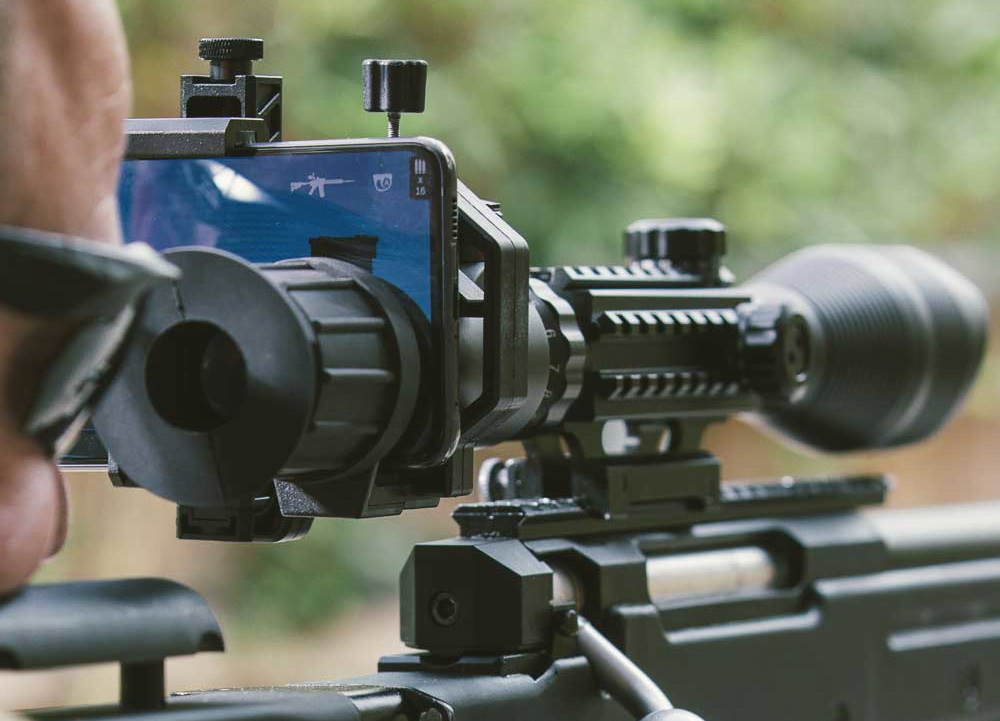
In addition to their core functionality, supplemental training modules can be customized to cater to individual departments’ or units’ specific needs and requirements. This high level of personalization allows departments to tailor their training programs to address the unique challenges faced by their officers, ensuring that the training remains relevant and practical. By incorporating specialized training modules that cater to their needs, law enforcement agencies can make the most of their virtual simulation shooting systems and maximize the return on their investment.
Virtual simulation shooting systems have proven to be valuable in law enforcement training, offering a comprehensive and flexible platform that enables officers to develop and refine their shooting skills, decision-making abilities, and situational awareness. With the integration of portable and dryfire shooting simulation systems, advanced tracking and analytics capabilities, and specialized training modules, these innovative tools provide a holistic training experience that addresses the unique needs and challenges law enforcement agencies face.
By leveraging these cutting-edge technologies, law enforcement agencies can ensure that their officers are well-prepared to handle the complex and unpredictable situations they may encounter, ultimately contributing to the safety and security of their communities.
Virtual-Shot is revolutionizing the way you practice shooting. An app that turns your phone into a virtual shooting simulator works on real weapons and airsoft. Improve your shooting kills, and train at home with the most advanced mobile Virtual Simulation shooting system available. Become a better shooter with Virtual-Shot – the next generation of shooting simulation systems.
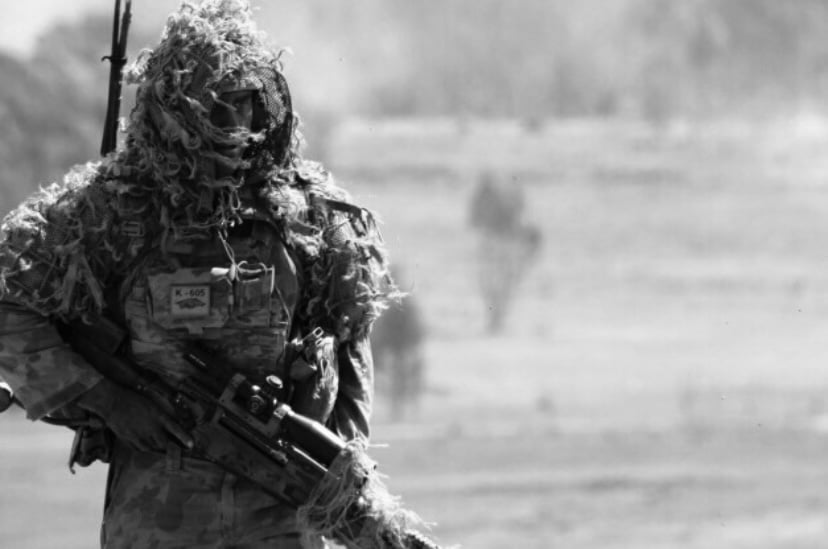
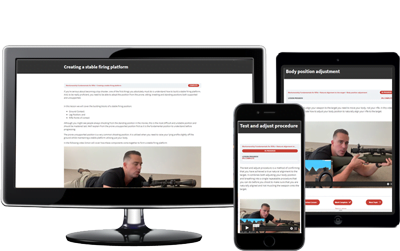 Find Out More
Find Out More